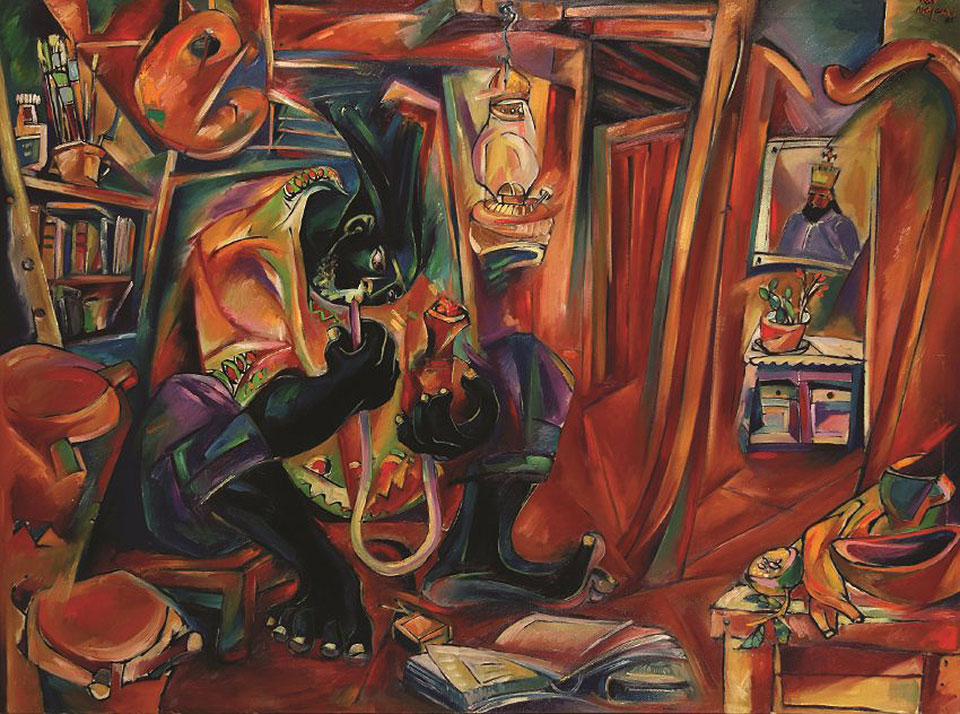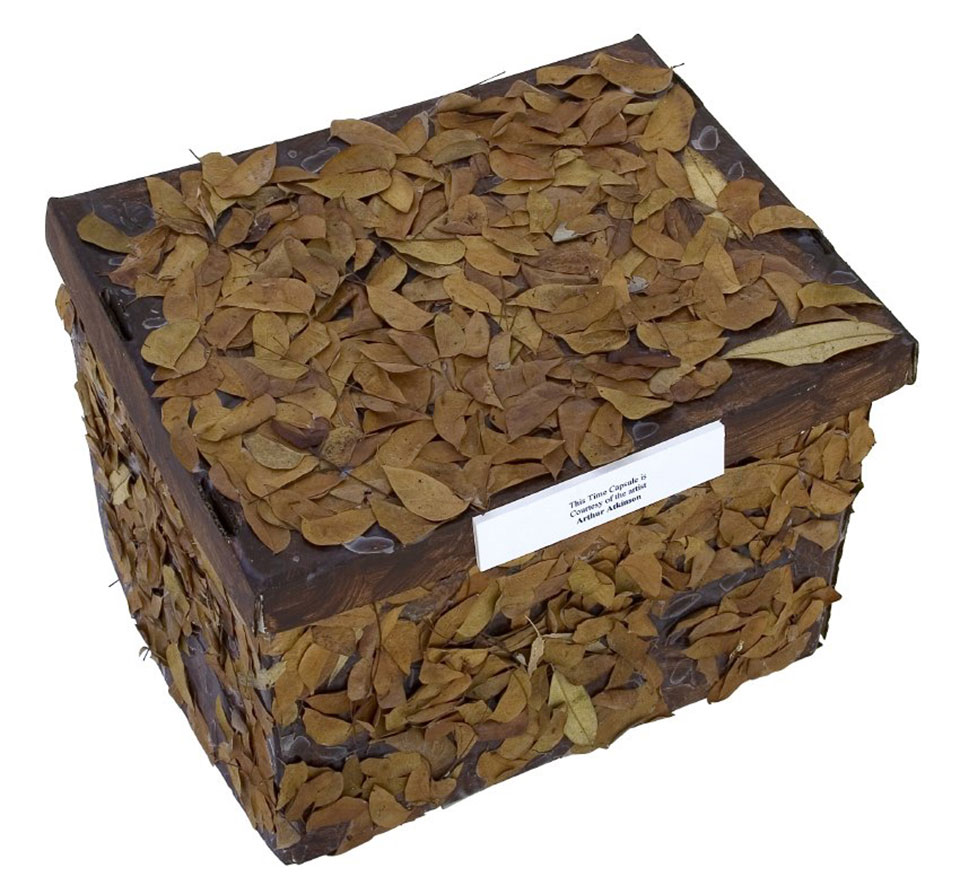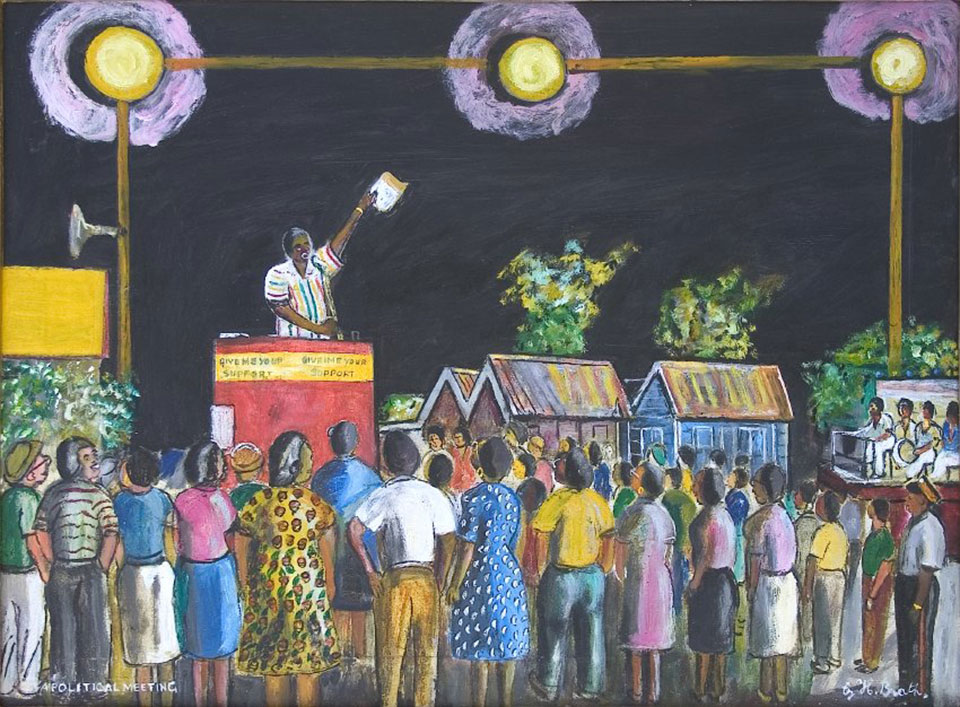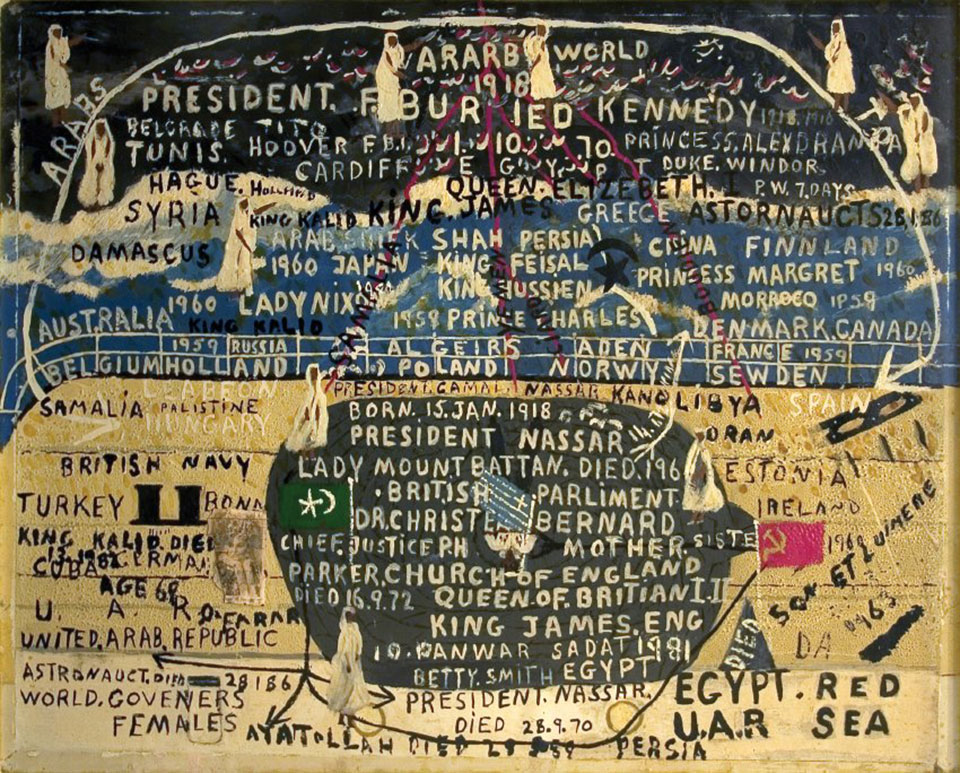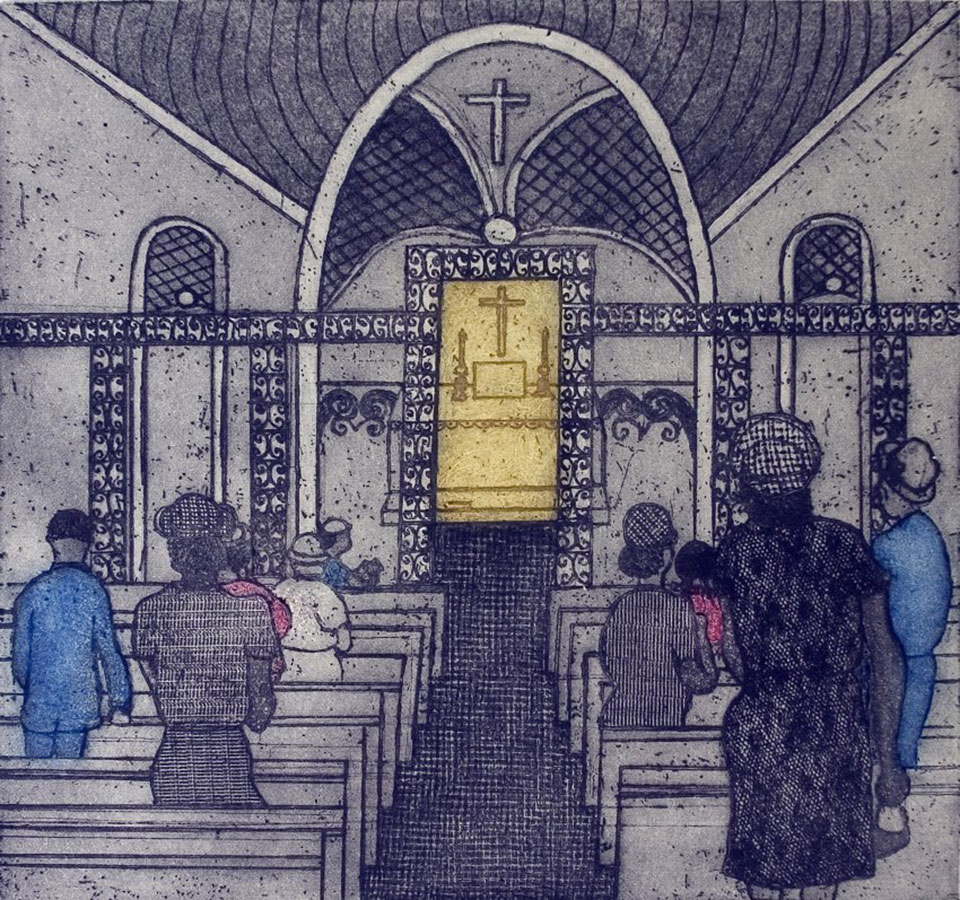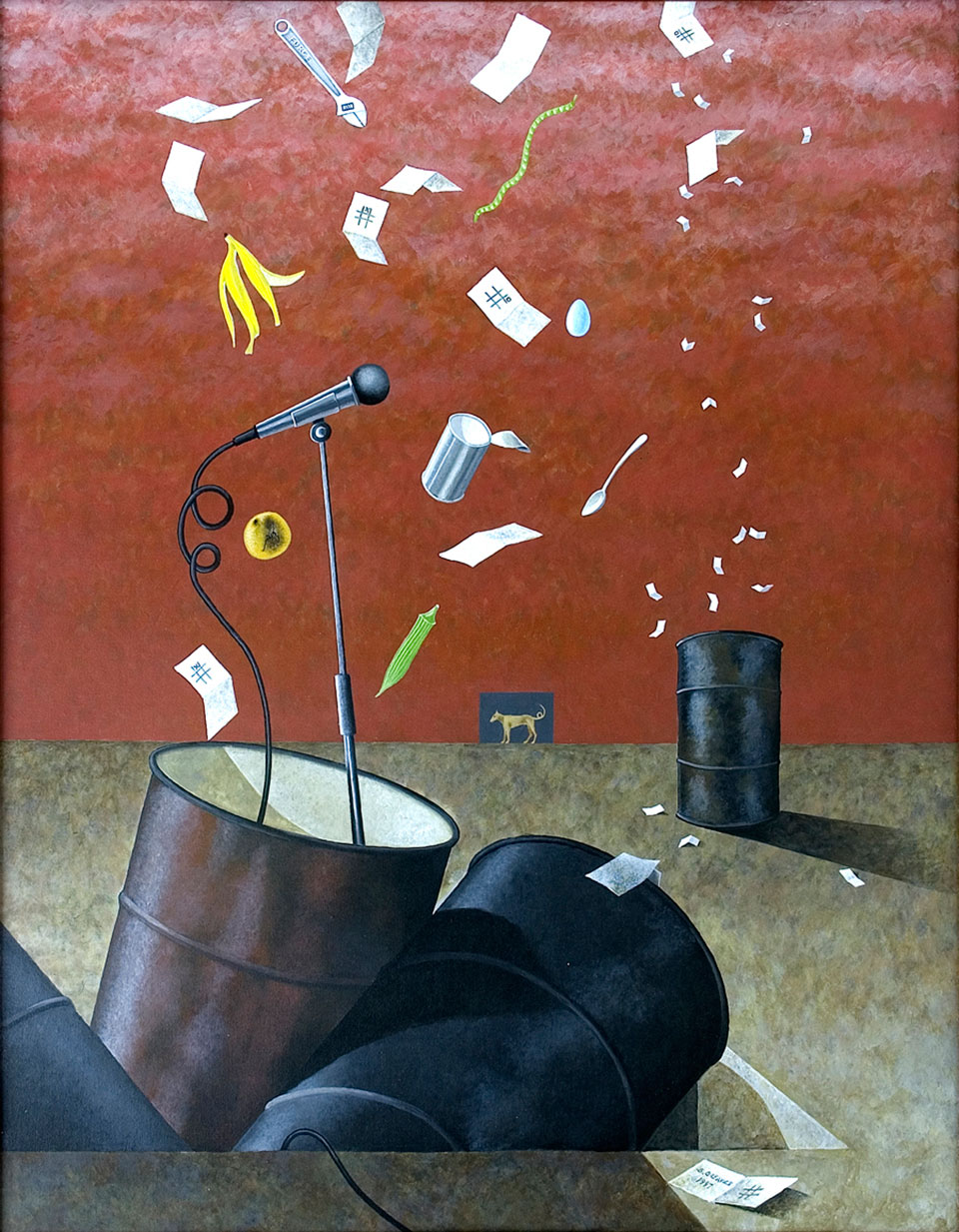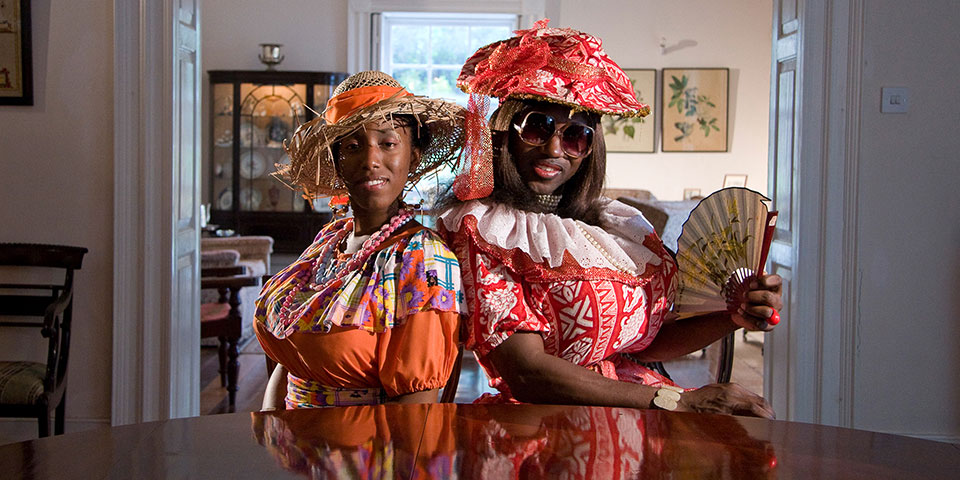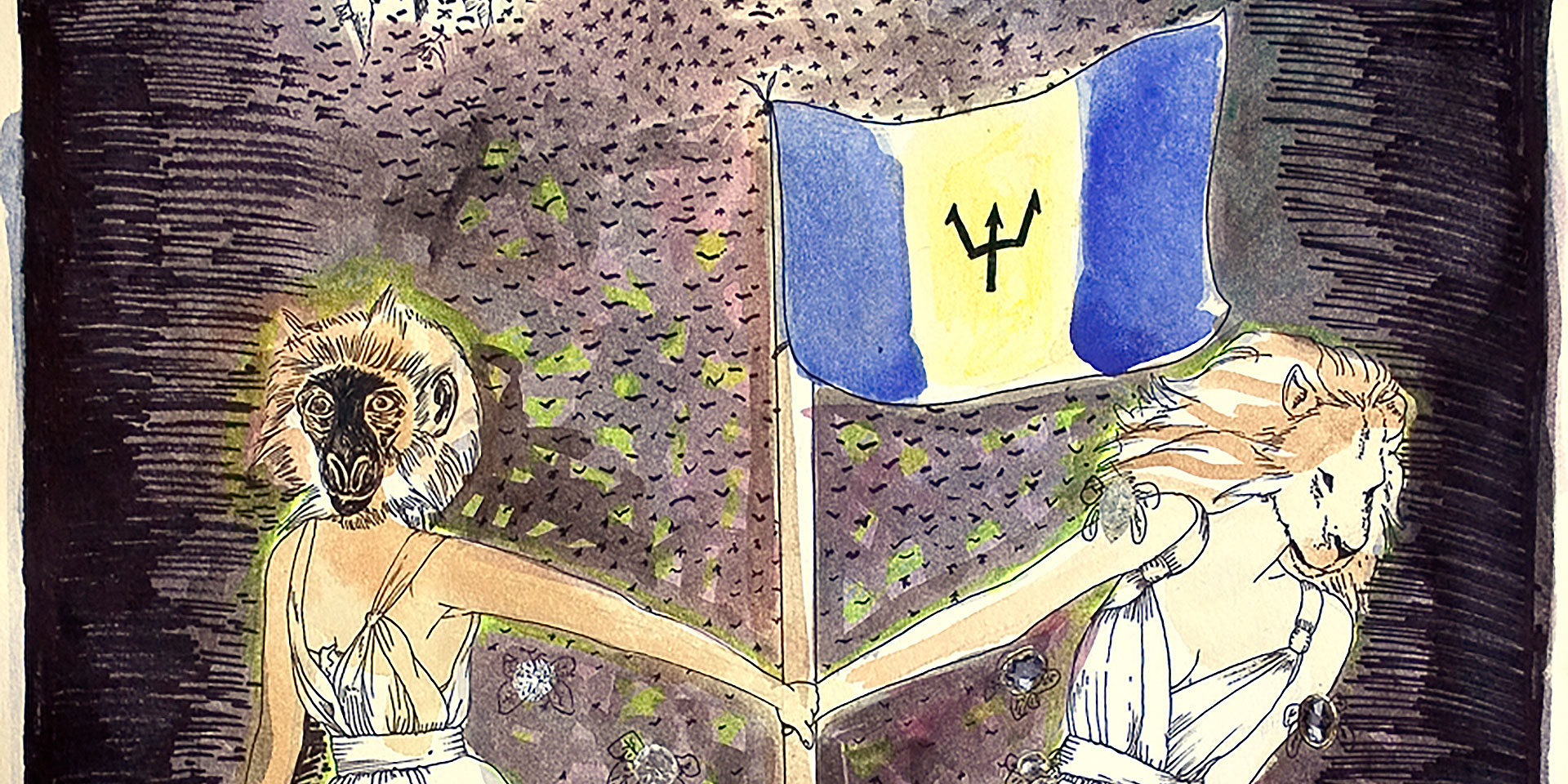
A threshold refers to a gate or doorway, a point of transition between one space or state and another, a marker that one thing ceases and something new takes its place. The current moment, as Barbados transitions from a parliamentary constitutional monarchy to its new status as a Republic is an opportunity for reflection on the shared common wealth of experiences that describe and define this nation.
The Barbados National Art Gallery, when it finally opens to the public in its new home in the Garrison area, will have an important role to play in articulating the complex and multi-dimensional narratives of our evolving national identity or identities. Through the growing collection of paintings, drawings, prints, photography, sculptures, works in mixed media and new media we witness how artists have been able to distill and articulate those spaces and events and experiences that speak knowingly of a shared culture.
For this exhibition, the board members of the Barbados National Art Gallery were asked to choose one work from the collection which for them spoke to this current moment. Although we speak of the national as a collective, it is composed of individuals who experience and interpret this nation, its history and its present in diverse ways. The work of art often has the ability to capture and distill these moments and present them to us to reflect on. We may recognize familiar experiences, respond to shared memories, notice things that might often have been overlooked, and perhaps reflect on expanded interpretations and understanding of this space we inhabit. The result here is a small body of works which nevertheless impresses with the diversity of approaches, the sensitivity and power of renderings, and the independence of their vision.
While the majority of works presented here are drawn from the BNAG collection, (those by Mary Armstrong, Arthur Atkinson, Sonia Boyce, Hubert Brathwaite, Stanley Greaves, Francis Griffith and Alberta Whittle,), two of the works – Ras Akyem Ramsay’s House of King David and Briggs Clarke’s Road to Wildey – come from the collection of the Barbados Gallery of Art. This distinct collection began as the Art Collection Foundation, a private initiative established in the mid 1980s to collect the best of contemporary Barbadian art through their annual exhibitions and competitions, as well as preserve the works of the early pioneers of Barbadian art. The selection and inclusion of these works acknowledges the important role the ACF / BGA has played in preserving the visual heritage of Barbados and advancing the public call for the establishment of a permanent home.

